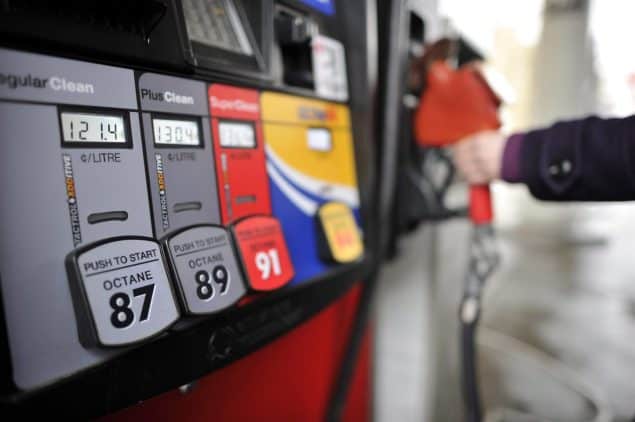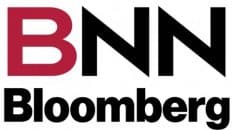For those of us who are short on patience and time, I suggest that a rapid read could be hastened even further if all of us were able to remember, or rerun the movie, “Back to the Future.”
That’s where the energy story ends today – right where it began two years ago.
Let me take you back, almost two years to the day, when COVID-19 emerged from a – “Oh no, it will never happen here” medical curio – to a monster that has threatened the health and economic wellbeing of our entire world.
This global pandemic then initiated lockdowns that drove down demand for all forms of crude oil-based products and resulted in lower prices.
Over time, demand and prices have crept back up to the pre-pandemic levels of September 2019.
Up until Thursday of last week, all was going as per the unwritten rules of supply and demand with gasoline and diesel prices reflecting the weekly data as released by the U.S. Energy Information Administration (EIA) and the usual… steam blowing out of the ears of the politicians inside their mystical court.
Record gasoline prices in the U.S. forced President Biden to release 50 million barrels of crude form its Strategic Petroleum Reserve (SPR).
This accomplished nothing – pump prices didn’t budge.
Enter the latest COVID variant the “Omicron” on Friday, November 26 and all that had been recovered in terms of supply and demand went straight back to the future.
Crude oil futures dropped 10% in one day, gasoline prices tanked by 11 cents per litre the next day.
The reaction by the commodity traders was immediate, as were West Texas Intermediate (WTI) futures prices, which headed straight into backwardation wherein the spot price is lower than the distant futures price. To all those who need indication, this indicates that the latest variant is a true threat and will force consumers to retreat from the airports and head back into their basements to ride out this latest economic storm caused by the latest variant.
It would not have been surprising if the OPEC+ consortium had decided to slow down the production of crude to counter the anticipated plummet of demand. But surprise, surprise. Forget that thought! The CARTEL has decided to maintain their production level quotas, which will drive prices down even further.
The questions remain: “How long will the flood of crude last? How long will gasoline and diesel prices stay low?
My guess is that demand for refined products, especially jet fuel, will continue to fall into the first quarter of 2022. Jet fuel is part of the distillate family of products. Lower demand for jet fuel will not only lower its price but also, as a result, drag down gasoline prices.
As prices are in backwardation, look for crude and all refined product prices to rebound with a vengeance in the second quarter of 2022.
Buy a ticket? Don’t need to. We’ve seen this movie before.








Add comment